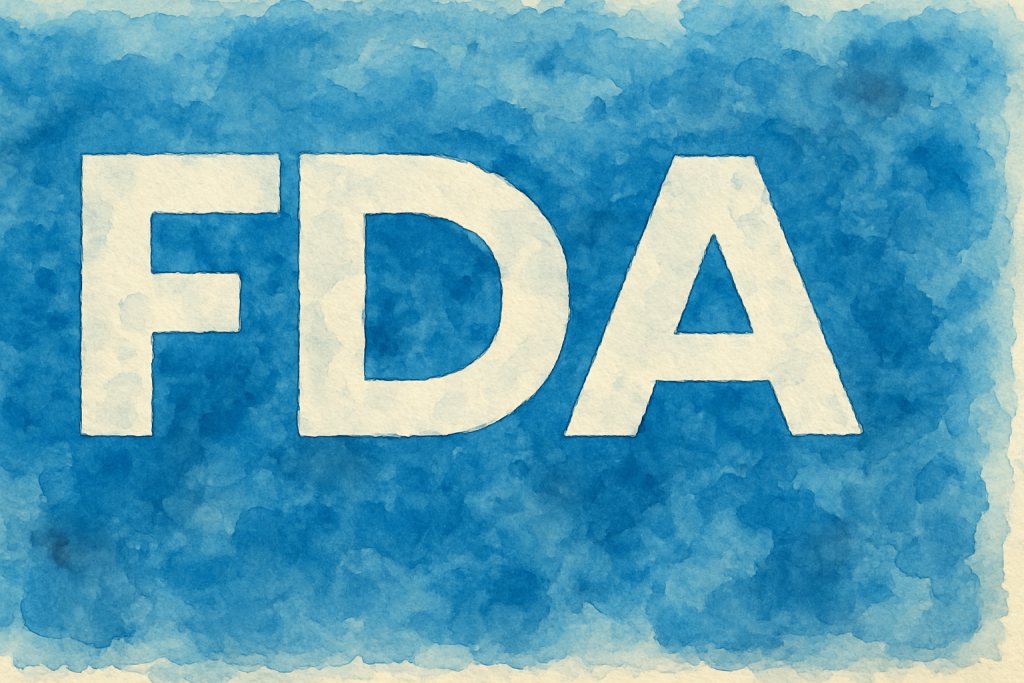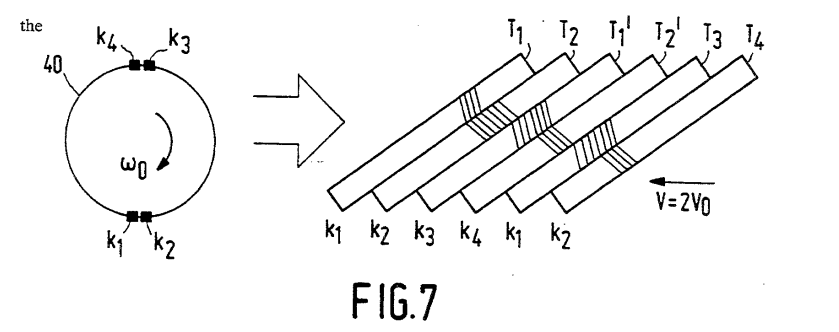by Dennis Crouch
The Federal Circuit’s May 6, 2025 decision in Jazz Pharmaceuticals v. Avadel focuses on the scope of injunctive relief for infringement under 271(e). The appellate court held that a district court may not enjoin a pharmaceutical company from initiating new clinical trials or offering open-label extensions where such activities are protected by the Hatch-Waxman Act’s safe harbor provision, even when the company’s commercial product has been found to infringe a valid patent. The court reversed the portions of the injunction that would have prohibited these activities, and vacated and remanded the portion that barred seeking FDA approval for new indications.
Jazz Pharmaceuticals, Inc. v. Avadel CNS Pharmaceuticals, LLC, No. 24-2274, slip op. (Fed. Cir. May 6, 2025).

